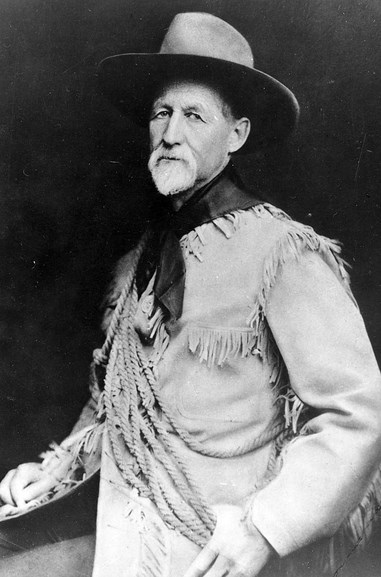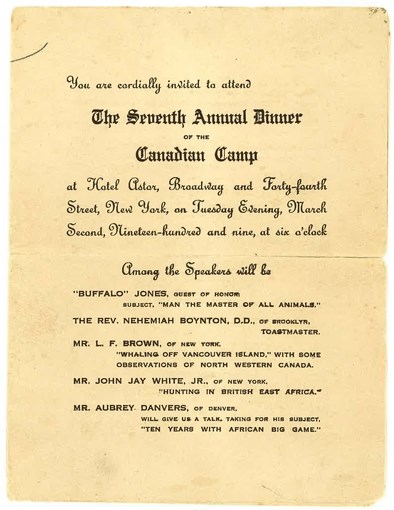
Finney County Historical Society While in Kansas, Jones became an early promoter and founding member of Garden City. After his fortunes ran dry, Jones turned to buffalo hunting to support his family. He killed thousands of American bison for their hides and began to domesticate them, this included several failed attempts to crossbreed them with animals such as cattle, which he called “catalo.” However, after the blizzards of 1885-1886 which catastrophically killed cattle populations by the thousands, Jones reached a turning point in his life. He soon realized the resilience and tough nature of the American bison which endured harsh weather and blizzards unlike cattle. This experience led him to devote the rest of his life to the perseveration of the American bison which was going extinct in Kansas and further west at the time. With no time to spare, he began collecting bison calves from Texas and Oklahoma and as far north as Canada in order to breed them at his Garden City ranch to restore the near extinct species. As word of his work spread, more ranches were opened in places such as Nebraska, the North Rim of the Grand Canyon, and near Yellowstone for bison calf breeding to restore populations all across the United States, Canada, and even England. 
National Park Service Collection Jones met Zane Grey in 1907 at a meeting of the Campfire Club in New York City. This encounter would lead to the boom of Grey’s career as a Western Author. After their meeting, Jones allowed Grey to follow him west to the North Rim of the Grand Canyon where Grey fell in love with the wild west and its heroic denizens. Grey’s trip with Jones and exploration of Canyon country and Colorado River would serve to inspire and spark the content of many books for the rest of his career. Most prominently, Jones appeared in Grey’s work The Last of the Plainsmen which detailed the most famous stories of Jones’ life including his transition from a buffalo-hunter to conservationist. The impact of Jones on Grey was so great that Jones also appears in Grey’s renowned works: Roping Lions in the Grand Canyon, Raiders of Spanish Peaks, Shadow on the Trail, and The Thundering Herd. Jones died on October 1, 1919 in Topeka, Kansas from malaria contracted on one of the many African sojourns he took later in life. He was laid to rest in his beloved Garden City, Kansas. |
Last updated: November 10, 2020
